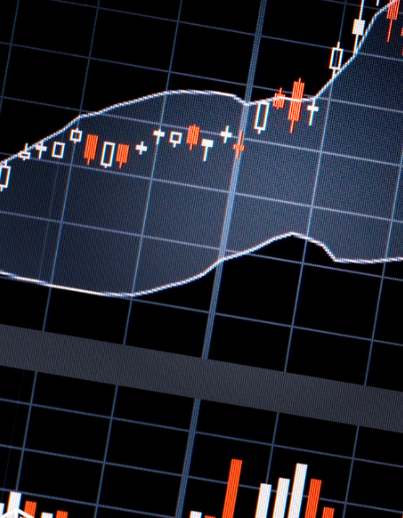The Yen Carry Trade and Its Impact on Financial Markets

A carry trade is a popular strategy in the world of trading where investors borrow money in a low-interest currency and invest it in higher-yielding assets. Typically, this strategy involves borrowing in a currency like the Japanese Yen, which has low interest rates, and investing in assets such as US dollars or US stocks, which provide higher returns. The goal is to profit from the difference in interest rates, and as more investors participate, additional profits can come from capital appreciation as the value of the assets rises.
Over recent years, the difference between interest rates in the US and Japan has been significant. While US rates have increased, Japan’s rates have remained near zero. This has created an ideal environment for the carry trade, as investors borrowed Yen to buy US dollars, driving up the value of the USD-JPY exchange rate from 102 in early 2021 to a peak of 162 in July 2024, a 38-year high.
The Carry Trade and Its Risks
While the carry trade can be profitable, it comes with risks. For the strategy to remain effective, the interest rate gap between the borrowing and investment currencies must stay wide. If this gap narrows, the carry trade becomes less profitable and forces investors to reverse their positions. This is known as unwinding the carry trade.
What Happens When the Carry Trade Unwinds?
The process of unwinding the Yen carry trade involves investors reversing their initial strategy. While creating a carry trade is usually a slow and steady process, unwinding it tends to be much more volatile. Investors scramble to exit their positions, which can cause sharp fluctuations in markets.
Recently, a combination of factors has contributed to the unwinding of the Yen carry trade. Interest rates in Japan have increased, and US bond yields, which reflect expectations of US interest rates, have dropped. This narrowing of the interest rate gap has made borrowing Yen more expensive while reducing the returns from the US dollar, leading to a decrease in carry trade profitability. As a result, many investors have been selling their USD-JPY positions aggressively in the forex market.
Market Instability and Investor Behavior
Another factor triggering the unwinding of the carry trade is increased market volatility. Recently, stock markets have faced challenges, with investors pulling out money borrowed in Yen from US markets. In addition, heightened global tensions, including political instability and uncertainty about the future of artificial intelligence, have caused market sentiment to shift. Investors, seeking safety, are moving their funds from riskier investments to safer assets, contributing to the unwinding of carry trades.
As a result, the US dollar has weakened, and the Yen has strengthened, as investors buy back Yen to pay off their loans. This shift has pushed the USD-JPY exchange rate lower and led to a drop in US stock markets, affecting markets worldwide.
The Impact on Global Financial Stability
The unwinding of the Yen carry trade has brought significant volatility to both currency markets and stock markets. This sudden shift in the market can threaten economic stability, particularly as investors seek to adjust to the changing environment. With this in mind, many financial experts expect the US Federal Reserve to take action to stabilize the situation, possibly by cutting interest rates in an effort to manage the volatility.
Conclusion
The Yen carry trade has played a significant role in shaping recent financial market movements. The unwinding of this trade has caused disruptions in stock and currency markets, illustrating the interconnectedness of global financial assets. Understanding the dynamics of the carry trade is essential for anyone looking to comprehend the broader movements in the global financial markets.




